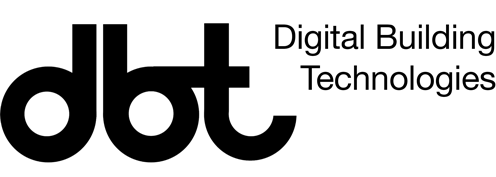The environmental impact of the construction industry demands sustainable alternatives to traditional concrete production. Microbially induced calcite precipitation (MICP) offers an alternative solution where microbes can produce biocemented structures at a low cost and ambient temperature. This study integrates MICP with nonplanar granular 3D printing methods, overcoming casting limitations such as geometrical constraints and uneven calcification, enabling the creation of thin, porous structures with an increased surface, which is beneficial for biocementation. Our approach combines computational design, microbial techniques, and digital fabrication, presenting biocemented prototypes demonstrating Sporosarcina pasteurii’s ability to achieve natural calcification in printed systems. Materials analysis confirms the microorganisms’ ability to produce more calcite in geometries that provide more surface exposure to the environment, which is a significant advance in large-scale 3D-printed biocemented structures. Moreover, even though 3D printing has already been demonstrated to be a viable means of fabricating small-scale structures capable of MICP, our study presents key steps toward 3D printing MICP-capable structures on a large scale, surpassing the typical small-scale demonstrators below 10 cm to samples above 20 cm in diameter.



